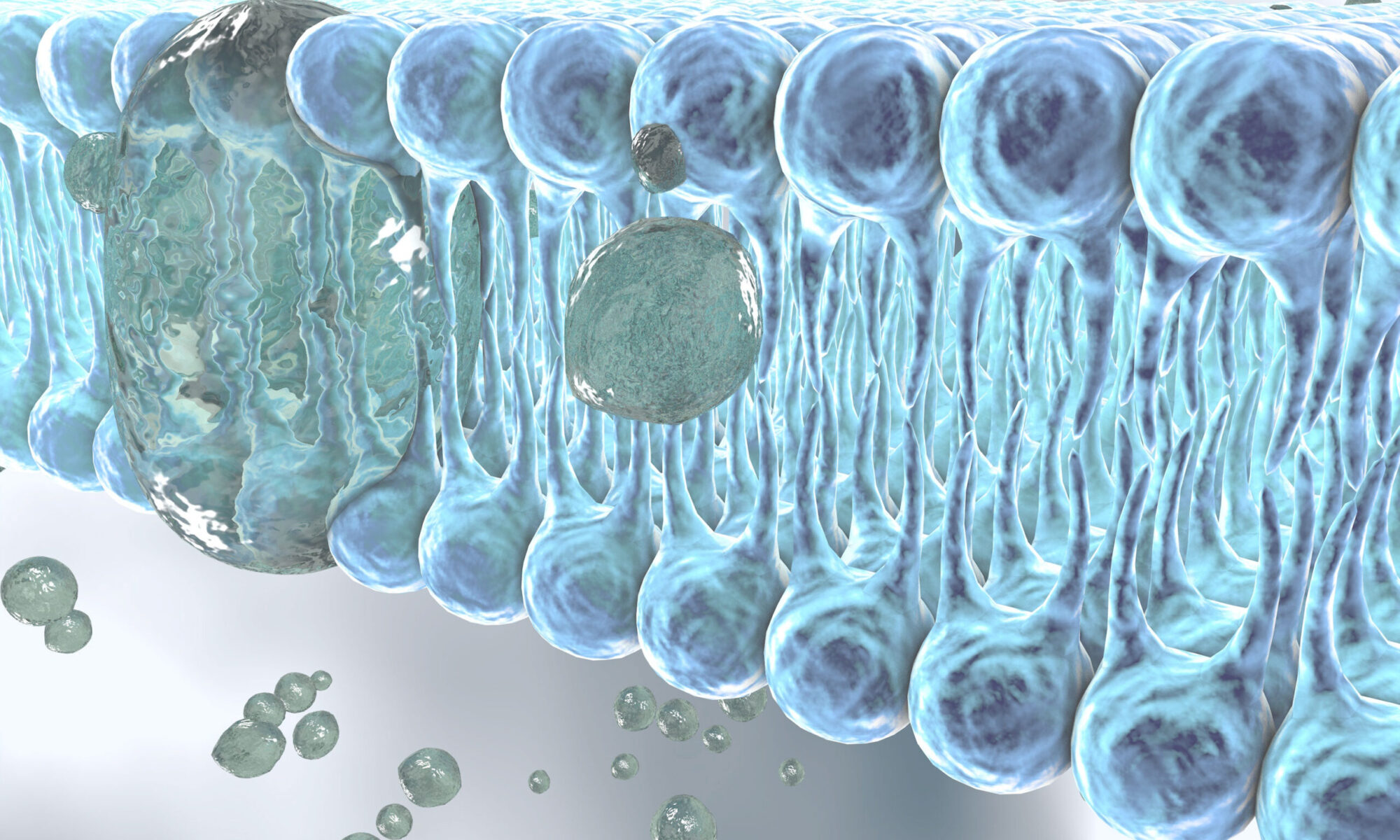Pathophysiology and therapy of SCN8A and CACNA1G associated ataxia
EAAT1 is high affinity glutamate transporter predominantly expressed in
radial glia of the central nervous system. In recent years, several human
diseases have been linked to mutations in SLC1A3: episodic ataxia type 6,
combining ataxia, epilepsy, migraine and hemiplegia; migraine; Tourette
syndrome; and ADHD and autism. Thus far, the functional consequences of
disease-associated mutations have only been described for few mutations.
Mutations associated with episodic ataxia and Tourette were shown to result
in gain-of-function, whereas a loss-of-function mutation was described in a
patient with migraine. EAAT1 does not only mediate secondary-active
glutamate transport, but also functions as anion-selective ion channel, and
we will perform a comprehensive analysis of the functional consequences on
both EAAT1 activity for all known SLC1A3 mutations. We had knock-in mice
generated that carry Slc1a3 mutations associated with episodic ataxia
(P290R) or with episodic ataxia and Tourette syndrome (E219D). We will
study the pathophysiology of the neurological symptoms using
histochemistry, electrophysiology and fluorescence lifetime imaging. We will
use inducible Slc1a3P290R/+ animals to test for vulnerable periods during the
development of these animals. During vulnerable periods we will inhibit
P290R or E219D EAAT1/GLAST currents either by reducing glial [Cl-]int via
administration of the NKCC1 antagonist bumetanide or by applying
EAAT1/GLAST specific drugs as novel therapeutic approaches. Our work
will provide novel insights into the dysfunction of EAAT1 glutamate
transporter and contribute to rational drug development in associated
neurological syndromes.

